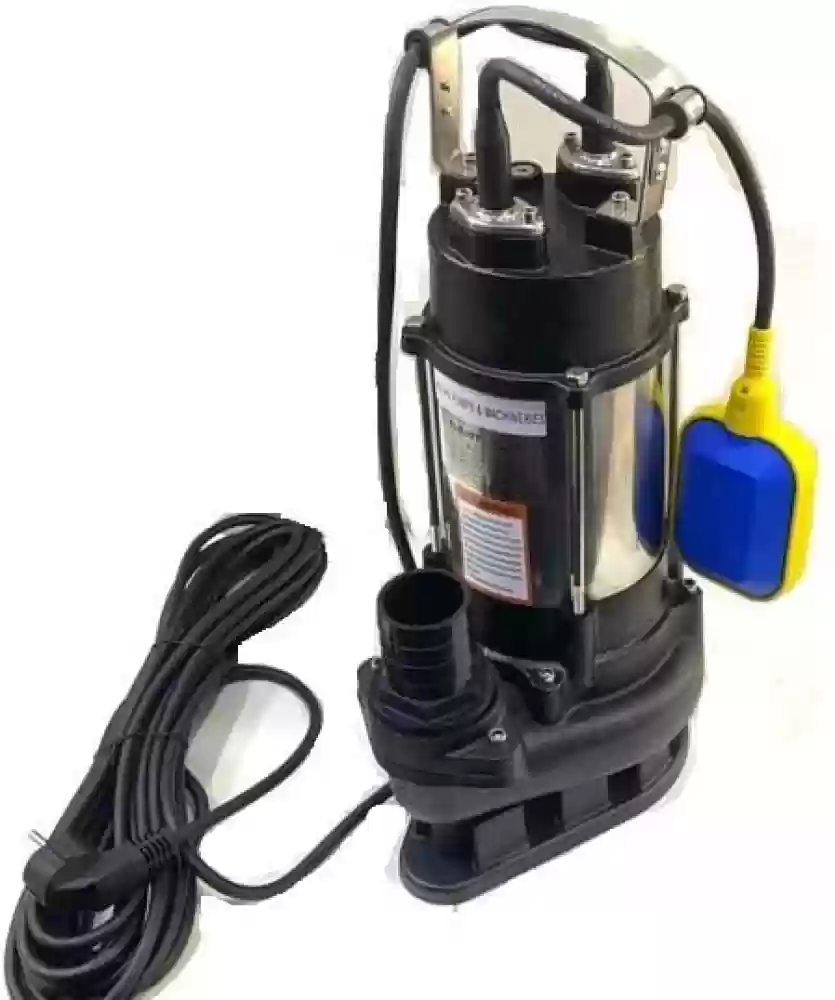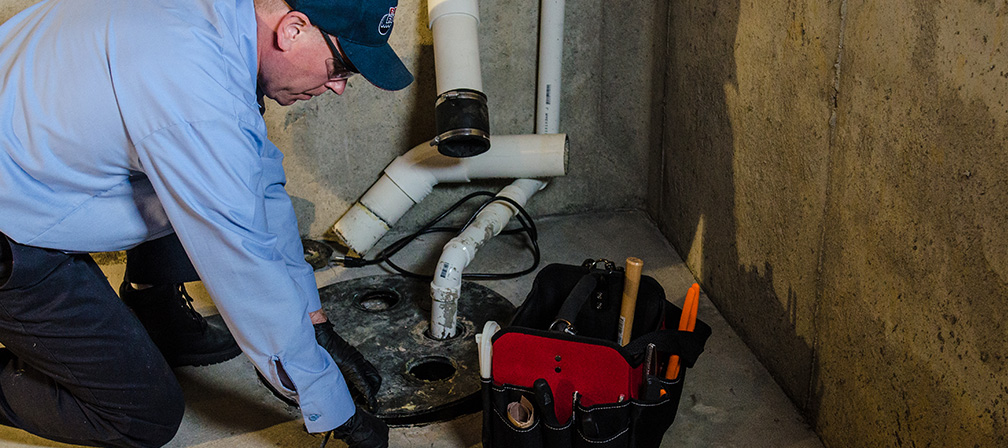We have unearthed this post on Keep Your Sump Pump Clean, It'll Keep You Dry listed below on the internet and concluded it made sense to quickly share it with you on this site.

Sump pumps are vital elements in numerous homes, particularly in locations susceptible to flooding or extreme dampness. They assist stop water damage by effectively eliminating excess water from basements or crawl spaces. Nonetheless, like any other device, sump pumps require regular maintenance to ensure they work properly when required one of the most. Cleaning your sump pump is an important part of its maintenance, and understanding just how to do it correctly can conserve you from expensive repairs and prospective catastrophes.
Introduction
Keeping a clean sump pump is essential for its appropriate functioning and durability. Ignoring this essential task can cause clogs, breakdowns, and eventually, water damage to your building. Therefore, learning how to cleanse a sump pump is vital for home owners who count on these tools to maintain their basements dry and secured.
Recognizing the Sump Pump
Prior to diving into the cleaning process, it's necessary to have a standard understanding of exactly how a sump pump works. Normally set up in a pit or container below the cellar flooring, a sump pump consists of several key parts, including a pump, a float switch, and a discharge pipeline. When water builds up in the pit, the float button activates the pump, which then pumps the water out through the discharge pipeline, away from the structure's structure.
Indicators of a Dirty Sump Pump
Understanding when your sump pump needs cleaning is crucial for protecting against potential malfunctions. Some usual indicators that show a filthy sump pump consist of strange noises during operation, lowered water flow, and noticeable debris in the pit. If you observe any of these signs and symptoms, it's vital to cleanse your sump pump immediately to prevent any type of more issues.
Planning for Cleaning
Before you start cleaning your sump pump, it's important to take some safety and security precautions. Begin by turning off the power to the pump to stay clear of any kind of electrical accidents. Additionally, use suitable protective gear, such as handwear covers and safety glasses, to secure on your own from dirt, particles, and possible microorganisms.
Step-by-step Guide to Cleaning Up a Sump Pump
Shutting Off the Power
Begin by disconnecting the power supply to the sump pump to stop any type of crashes while cleaning.
Eliminating Particles and Dust
Make use of a container or an inside story to eliminate any noticeable particles, dust, or debris from the sump pit. Dispose of the particles properly to stop it from blocking the pump or the discharge pipeline.
Cleaning up the Pump and Drift Switch
When the pit is clear of debris, carefully remove the pump from the pit. Inspect the pump and the float switch for any type of signs of damages or wear. Use a soft brush or fabric to clean the surfaces and remove any kind of built up grime.
Purging the System
After cleansing the pump and float button, purge the sump pit with tidy water to remove any continuing to be dirt or sediment. This will aid make certain that the pump operates efficiently and effectively.
Looking For Proper Performance
Prior to re-installing the pump, perform a quick examination to guarantee that the float switch triggers the pump correctly. Put some water right into the sump pit and observe the pump's procedure. If everything is operating correctly, you can reconstruct the pump and reconnect the power supply.
Upkeep Tips to Maintain Your Sump Pump Clean
In addition to routine cleansing, there are numerous maintenance ideas you can comply with to keep your sump pump in optimum condition:
Final thought
Cleansing your sump pump is a critical facet of its upkeep and makes certain that it runs properly when you need it the most. By following the actions described in this guide and integrating normal maintenance right into your routine, you can extend the life expectancy of your sump pump and secure your home from water damages.
6 STEPS ON HOW TO CLEAN A SUMP PUMP PROPERLY
UNDERSTANDING SUMP PUMPS
Your sump pump plays a crucial role in protecting your home by managing and removing excess water. It primarily functions as a “shield”, guarding your basement against the damaging effects of water accumulation. The pump is housed in a sump pit in the lowest part of your basement, and its job is to pump out any water that collects there.
During heavy rainfalls or when snow melts rapidly, water can infiltrate your basement, posing potential risks like flooding, structural damage, and harmful mold growth. Here, the sump pump springs into action, pumping out the intruding water and directing it away from your home.
SAFETY FIRST
Before cleaning, remember to prioritize safety. Disconnect the sump pump from the power source to prevent any accidental electric shocks. Also, wear sturdy gloves to protect your hands from any sharp or dirty components within the pump.
REMOVE THE SUMP PUMP
After ensuring your safety, the next step is to remove the sump pump from its pit. Doing this might require careful maneuvering as you don’t want to damage any pump components. Once removed, clean the sump pit to remove any accumulated debris or sludge.
INSPECT THE PUMP
Inspect the pump for any visible signs of wear or damage. Check the power cord, float switch, and impeller housing. If any components look worn out or damaged, consider replacing them to ensure optimal performance.
CLEAN THE PUMP
Thoroughly clean the pump with warm, soapy water. Make sure to rid it of any dirt, gravel, or other debris that might impede its performance. You can use a toothbrush to clean the small, hard-to-reach parts of the pump.
REINSTALL THE SUMP PUMP
Reinstall the pump into the sump pit Make sure it’s positioned correctly to remove the water effectively Once it’s back in place, reconnect it to the power source TEST THE PUMP
Finally, pour some water into the pit to ensure the pump works correctly. It should start automatically and begin pumping out the water; if it doesn’t, check the power source and the positioning of the pump.
Remember, while cleaning your sump pump is an essential part of home maintenance, hiring a professional plumber for a thorough inspection and cleaning at least once a year is also important. This will ensure that your pump is in optimal condition, ready to protect your home from potential water damage.
BEST PRACTICES FOR CLEANING SUMP PUMP DISCHARGE PIPES
Regular Inspection: Regularly inspect your discharge pipes, especially during heavy rainfall or snowmelt periods. Look for any signs of blockage or damage. Early detection of problems can prevent serious issues down the line. Periodic Cleaning: Over time, sediment and debris can accumulate in the discharge pipes, impeding the flow of water. Regular cleaning helps keep the pipes clear and functioning efficiently. You can use a high-pressure water jet to effectively clean the pipes. Insulation During Winter: In colder climates, discharge pipes can freeze, blocking the outflow of water. Protect your discharge pipes from freezing temperatures by insulating them with foam pipe insulation. This will ensure the sump pump can continue to discharge water even in freezing conditions. Proper Positioning: The discharge pipe should be positioned to direct water away from your home’s foundation. Improper positioning can lead to water seeping back into the basement. Ensure the pipe is long enough and angled correctly. Installation of a Check Valve: A check valve prevents water from flowing back into your sump pit after the pump has pushed it out. Installing a check valve helps maintain the efficiency of your sump pump and reduces the risk of flooding. Minimize Pipe Turns: Every curve or turn in the discharge pipe can decrease the efficiency of water flow. By minimizing turns and bends in your discharge pipe, you can increase the efficiency of your sump pump. https://www.fullspeedplumbing.com/how-to-clean-a-sump-pump-properly9999/

I stumbled upon that article about Keep Your Sump Pump Clean, It'll Keep You Dry when browsing the search engines. Sharing is good. Helping people is fun. Thank you so much for going through it.
Click Here